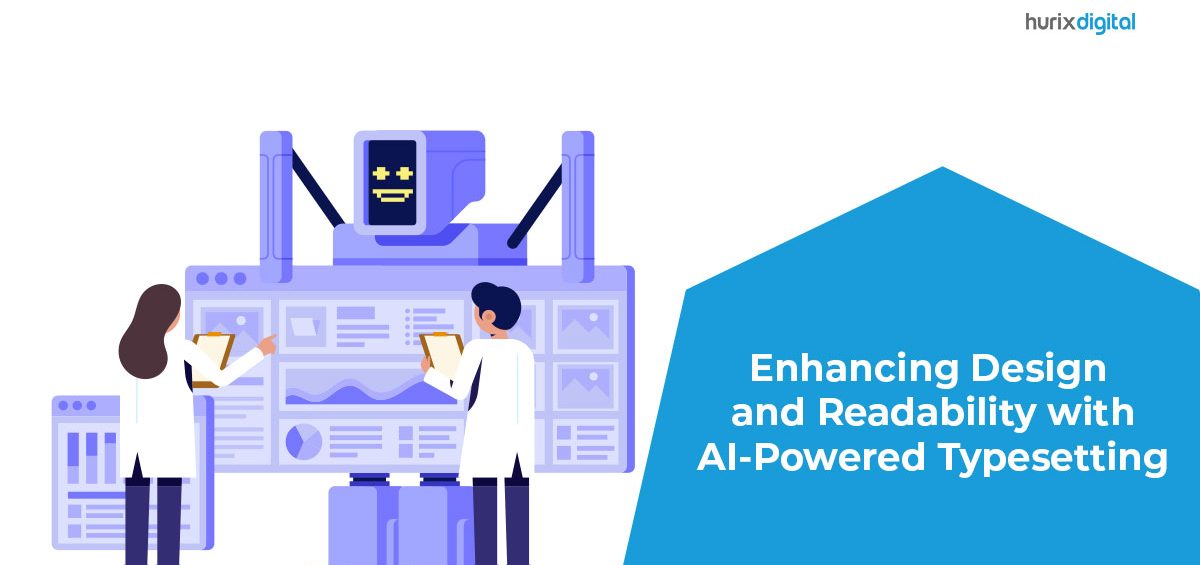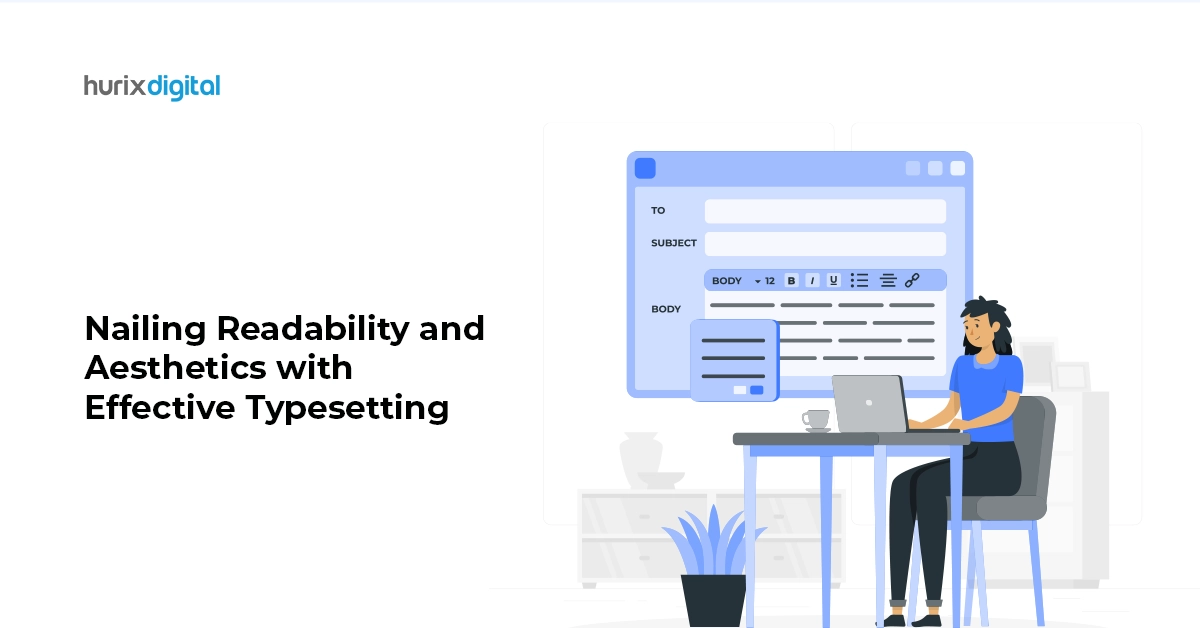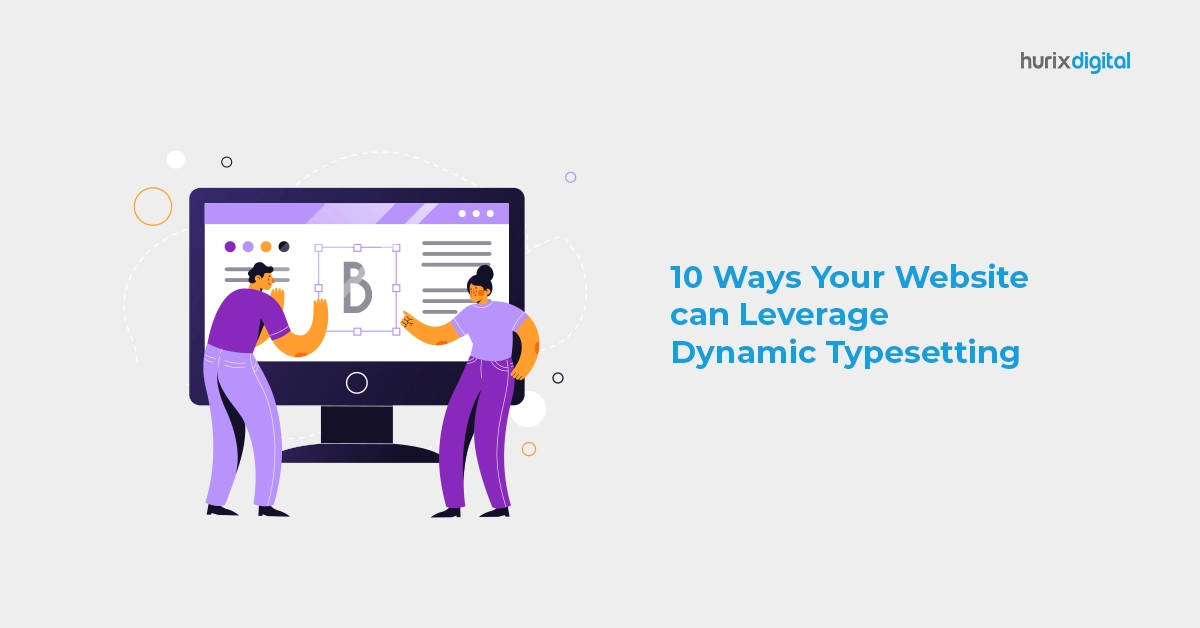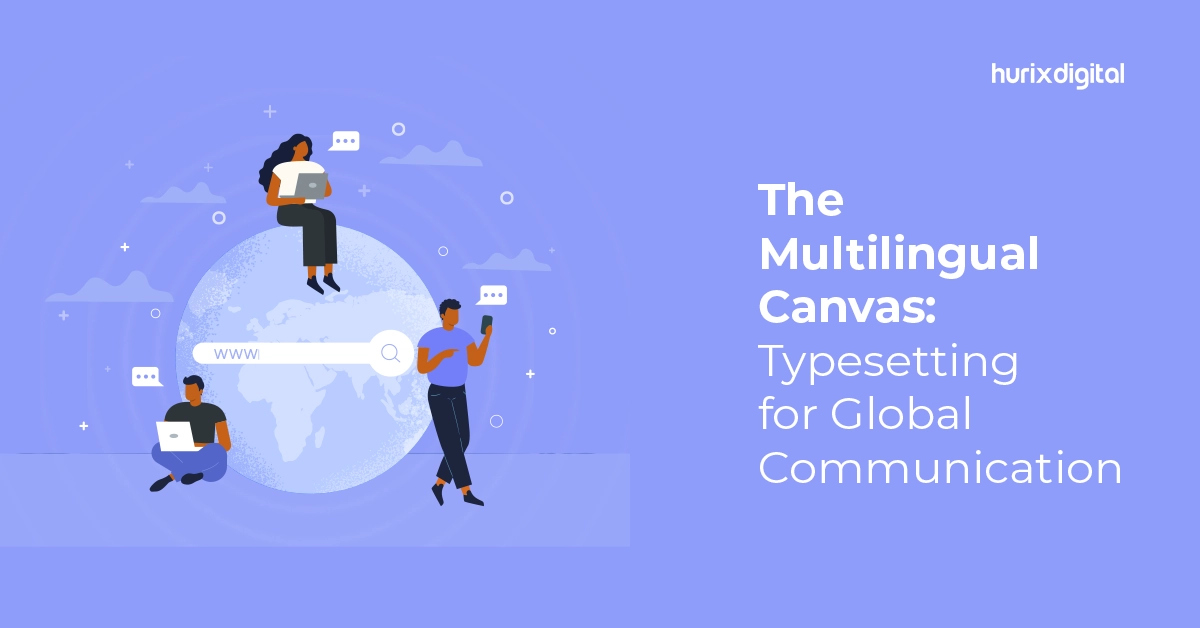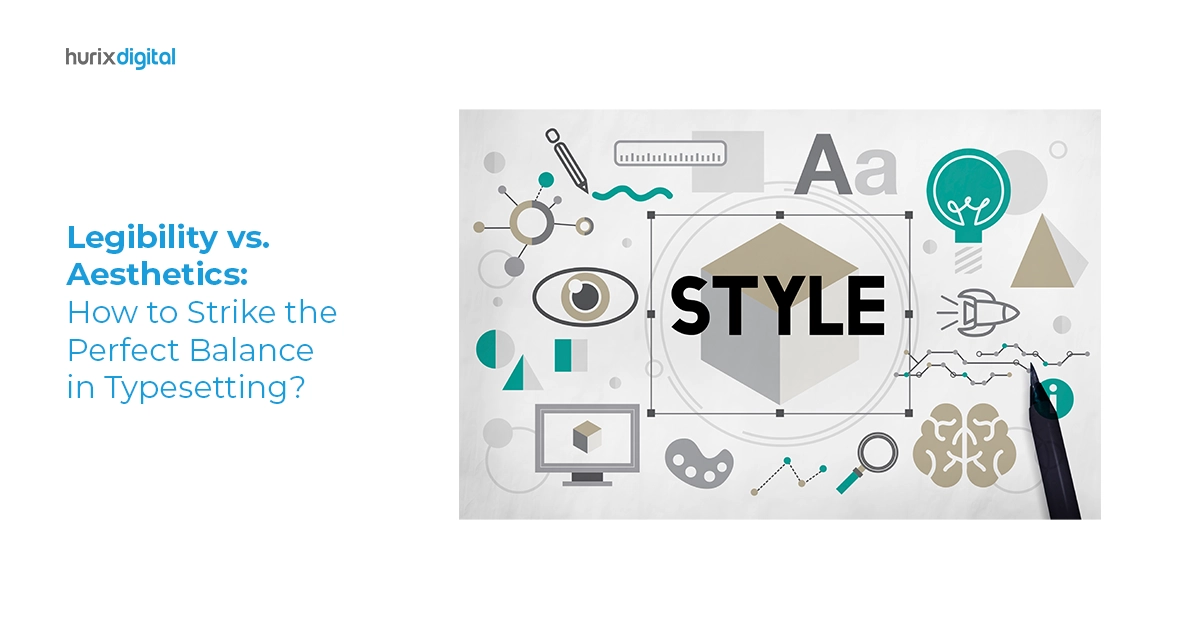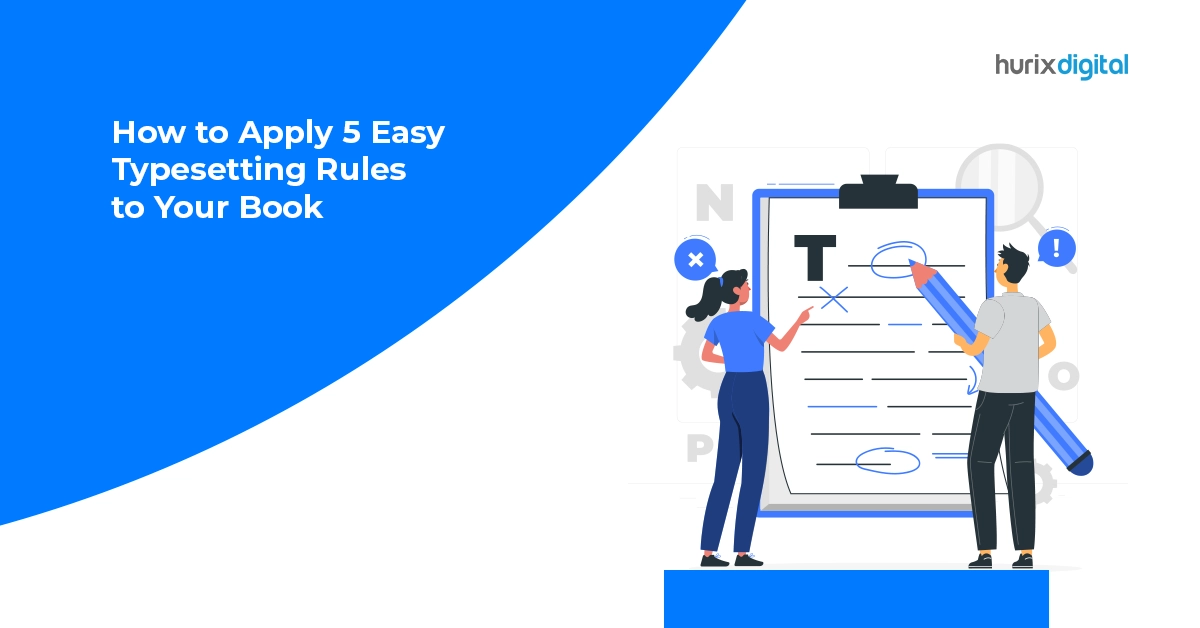Summary
This article is a comprehensive guide on the elements and features which AI typesetting algorithms can optimize. It also mentions some of the advantages of adopting AI for typesetting.
Typesetting is the process of formatting and organizing texts, images, and other elements in a visually aesthetic and readable manner. While publishing a manuscript, typesetting is done after editing the final draft. It is a very important step as it enhances the reader’s experience and engagement with the text.
With the advancement in digital tools and technologies, typesetting has come a long way. Typesetting automation and AI-powered typesetting has significantly transformed the publishing industry. Some elements involved in modern-day typesetting are selecting fonts, adjusting the font size, setting margins, inserting images, and other visual elements.
If you are also hoping to adopt AI for professional typesetting, you are at the right place. In this curated guide, we have mentioned everything you need to know about design enhancement with AI.
Table of Contents:
- What are the 7 Elements of AI Typesetting
- What are the Advantages of AI-Powered Typesetting?
- Closing Thoughts
What are the 7 Elements of AI Typesetting
AI-powered typesetting utilizes a variety of algorithms like machine learning, natural language processing, etc. By harnessing the true potential of these algorithms strategically, the productivity of all AI typesetting features can be enhanced.
Mentioned here are some elements and features which AI typesetting algorithms can optimize:
1. Adaptive Formatting
Numerous kinds of reading devices and platforms are available in the market, like e-readers, smartphones, computers, laptops, tablets, etc. With adaptive formatting offered by AI typesetting, all layout constraints can be eliminated. AI automatically optimizes the alignment and typography for different screens and devices.
Manual adaptive formatting is a very time-consuming and lengthy process. With AI, adaptive formatting, print, and digital compatibility can also be enhanced.
Also Read: How Automation is Revolutionizing the Typesetting Industry
2. Font Selection and Optimization
One of the beneficial features of advanced typesetting techniques is font selection and optimization. AI-driven algorithms can automatically analyze the content and context of the manuscript and suggest fonts appropriately. It also considers other elements like font size, color, styles, legibility, line spacing, etc.
Some advanced AI-assisted typesetting software can also suggest fonts and other related elements depending on user preferences. The AI algorithms learn from previous feedback and interactions to suggest high-level customization.
3. Image Handling and Optimizing
Image handling and optimizing with AI innovation in typesetting involves numerous machine learning techniques. These techniques can do several tasks like image analysis, processing, resizing, enhancement, and much more. AI in typesetting can suggest image placement and positioning ideas, considering factors like aspect ratio, surrounding texts, visual coherence, etc.
Additionally, AI-powered typesetting also takes care of image-object interaction. For instance, it can read objects like QR codes & product barcodes and automatically link them to relevant links or information.
4. Consistency and Branding
AI-powered typesetting has access to pre-loaded design guidelines and brand image requirements. The guidelines are very specific, keeping in mind the brand image, like color, logo, size, spacing, font, etc. AI typesetting then ensures all other elements are consistent with the brand image. For instance, it might change the font color in certain sections to be compatible with the brand image.
Along with brand consistency, AI also engages in compliance checking. It can detect any variations from the specified brand regulations and pre-required guidelines.
5. Content Analysis and Adaptation
Along with analyzing the structure and formatting, AI-powered typesetting also examines the context of the content. Adapting the content based on the target audience and medium is crucial to ensure its readability and engagement. For instance, translated Urdu proverbial phrases will not be able to gauge an American reader’s attention unless they have been contextually translated.
Content segmentation is another important aspect of content analysis. The AI-driven typesetting algorithms divide and segment the text into smaller sections to improve its readability and language rules. Different formatting is also automatically applied to each section to ensure branding compliance and consistency.
6. User Satisfaction
AI-driven typesetting techniques can gather feedback and data on each element of the typesetting process, like fonts, layout, content adaptation, design, readability, etc. Additionally, it can record user satisfaction by closely analyzing the user interaction with each of these elements individually and collectively.
Recently, AI typesetting has also started leveraging machine learning to continuously improve formatting, design, and readability. The system automatically recognizes areas needing improvement and begins working on them. AI-driven improvement is an ongoing process that strives to enhance the overall experience.
7. Drop Caps and Decorative Details
AI typesetting algorithms ensure the artistic integrity of the content by taking care of minute document compositions like drop caps, page borders, embellishments, etc. With the automatic drop cap identification feature, the first letter of each paragraph is capitalized.
AI algorithms can automatically suggest drop cap placement considering the content layout and context. If required, the first letter can also be enlarged or changed in color to garner attention.
Other details, like borders, graphics, white space, etc., can be managed aesthetically with decorative style options. The pre-loaded database can suggest appropriate styles consistent with the document’s overall aesthetic.
Also Read: Exploring The Future of AI in Typesetting Services
What are the Advantages of AI-Powered Typesetting?
Here are some key benefits of AI-powered typesetting you must know to make an informed decision:
- Increased efficiency and productivity
- In-built copyediting and proofreading
- Consistency and reliability
- Adaptability
- Numerous personalization and customization options
- Scalability and flexibility
- Enhanced visual appeal and aesthetics
- Positive user engagement and experience
- Enhanced readability
- Continuous improvement
- Long term cost-effectiveness
- Accessibility compliance
- Human error reduction
Closing Thoughts
It is important to remember that the elements mentioned above can be improved and changed with the assistance of artificial intelligence. However, the final input and implementation of the change remain in the hand of the human typesetter. AI-powered typesetting can continue to excel in its abilities, but it will never be able to mimic human expertise fully.
Now that you are familiar with modern typesetting and its numerous forms like AI-driven layout design, AI formatting, etc., you can reach new levels of success. Artificial intelligence and its various technologies are here to stay and take the world by storm. The AI global market is expected to grow by 37.3% from 2023 to 2030. Therefore, now is the right time to step into this lucrative AI landscape and reap its unlimited benefits.
If you wish to learn more about typesetting services, you can contact us at Hurix Digital. We provide AI-powered typesetting services and other digital services like digital content transformation, digital engineering, etc.
Get in touch with us to know more.


